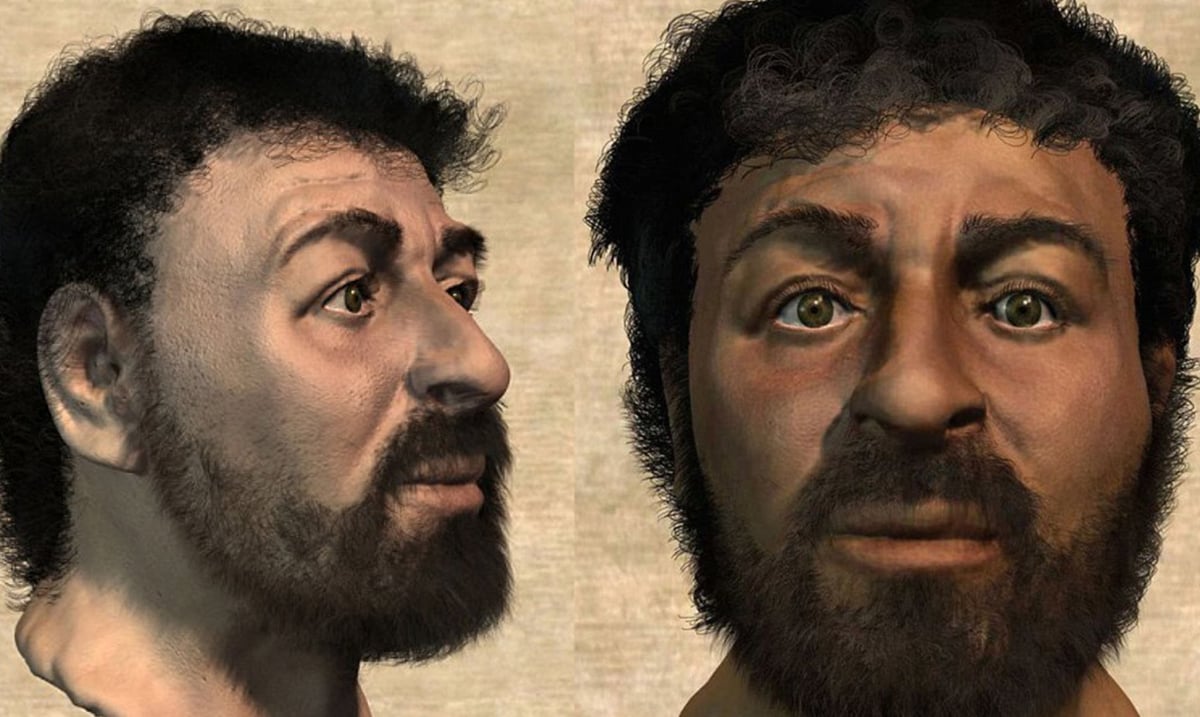Chances are if you are a Christian then you have an idea of what Jesus looks like burned in your head. Here in the US most of us tend to think he is a very tall white male with long dark hair, that is how he is depicted in many paintings and so forth.
The way we are told to think he would look, however, is not quite accurate. Many people have throughout the years brought this up and yet we still depict him this way for some reason. Without DNA or a skeleton when it comes to really putting a face to the name, we have few things to go off of. That being said, in the world of forensic anthropology that face might already be present.
British scientists and Israeli archeologists worked together to recreate what they consider to be most likely the worlds most accurate depiction of what Jesus would have looked like. While it might not look like the Jesus you’re used to seeing, it might be as close to his true face as we will ever get. Not everyone agrees on the accuracy of this image when it comes to being Jesus but nonetheless, there is substance behind it.
Popular Mechanics wrote as follows in regards:
For those accustomed to traditional Sunday school portraits of Jesus, the sculpture of the dark and swarthy Middle Eastern man that emerges from Neave’s laboratory is a reminder of the roots of their faith. “The fact that he probably looked a great deal more like a darker-skinned Semite than westerners are used to seeing him pictured is a reminder of his universality,” says Charles D. Hackett, director of Episcopal studies at the Candler School of Theology in Atlanta. “And [it is] a reminder of our tendency to sinfully appropriate him in the service of our cultural values.”
Neave emphasizes that his re-creation is simply that of an adult man who lived in the same place and at the same time as Jesus. As might well be expected, not everyone agrees.
Forensic depictions are not an exact science, cautions Alison Galloway, professor of anthropology at the University of California in Santa Cruz. The details in a face follow the soft tissue above the muscle, and it is here where forensic artists differ widely in technique. Galloway points out that some artists pay more attention to the subtle differences in such details as the distance between the bottom of the nose and the mouth. And the most recognizable features of the face—the folds of the eyes, structure of the nose and shape of the mouth—are left to the artist. “In some cases, the resemblance between the reconstruction and the actual individual can be uncanny,” says Galloway. “But in others, there may be more resemblance with the other work of the same artist.” Despite this reservation, she reaches one conclusion that is inescapable to almost everyone who has ever seen Neave’s Jesus. “This is probably a lot closer to the truth than the work of many great masters.”
What do you think about this depiction? Do you think it could be more accurate or do you think it is still somehow off? For more information on this please feel free to check out the video below.
(Image Via: Popular Mechanics/Youtube)
Featured Video Via Times Of India


